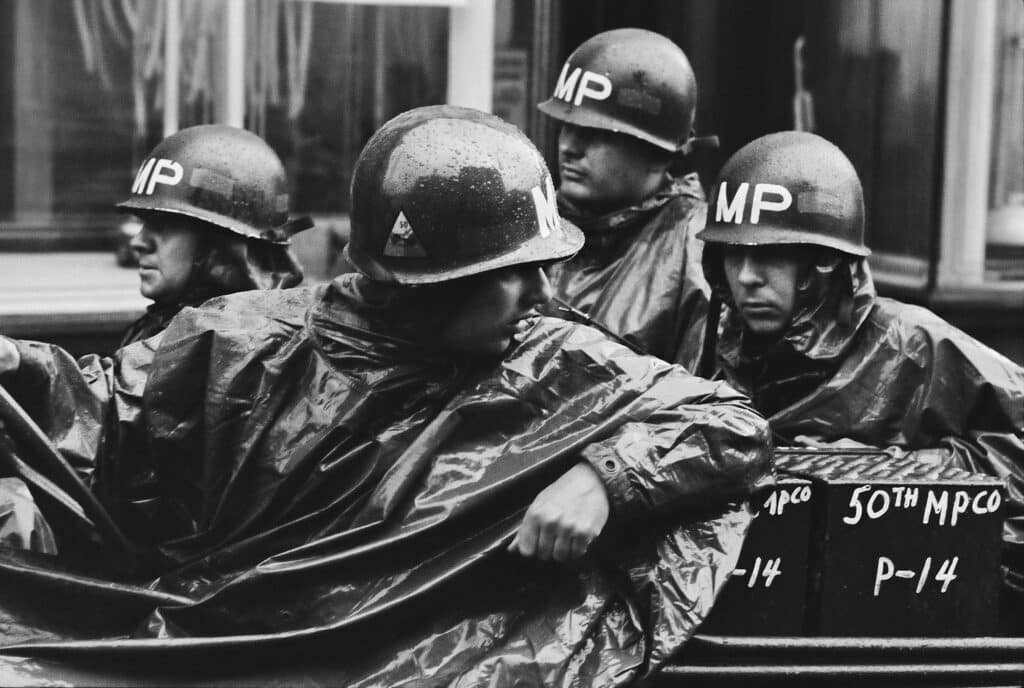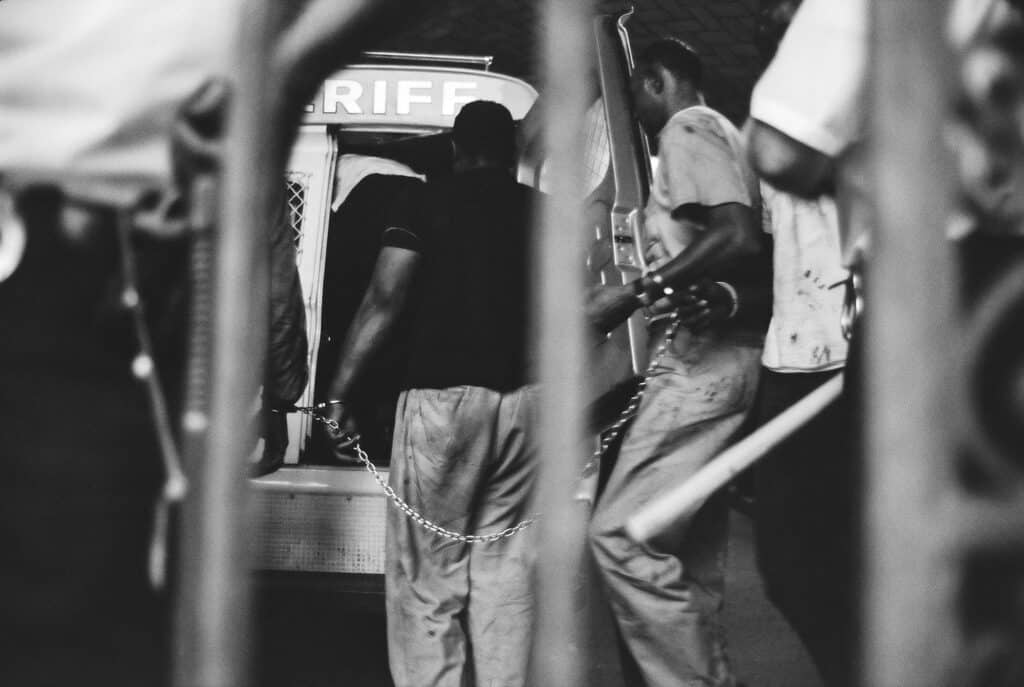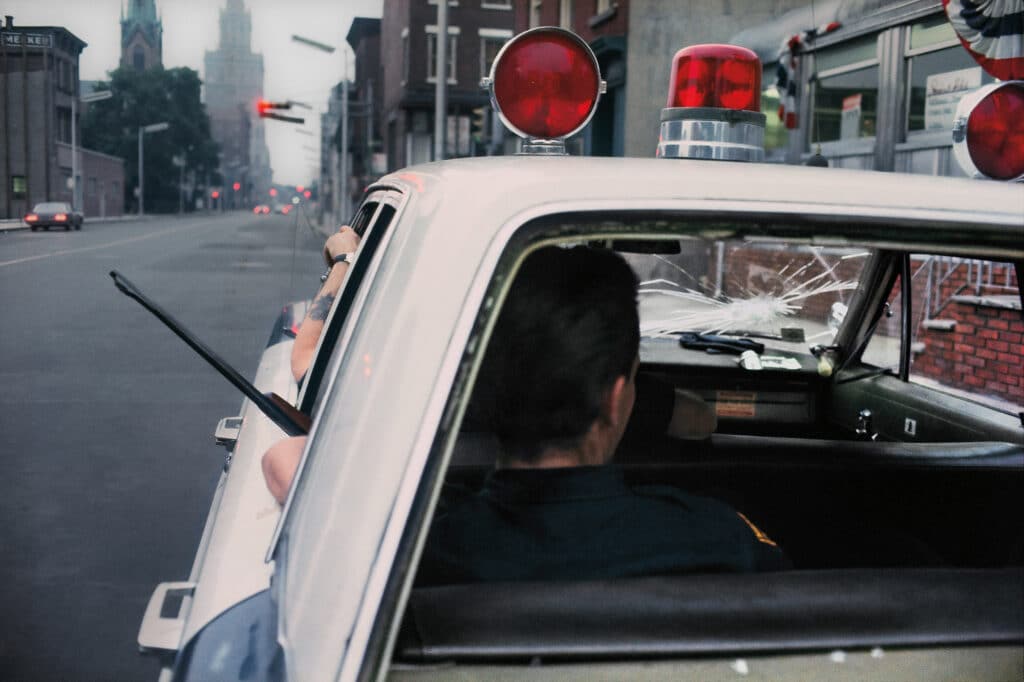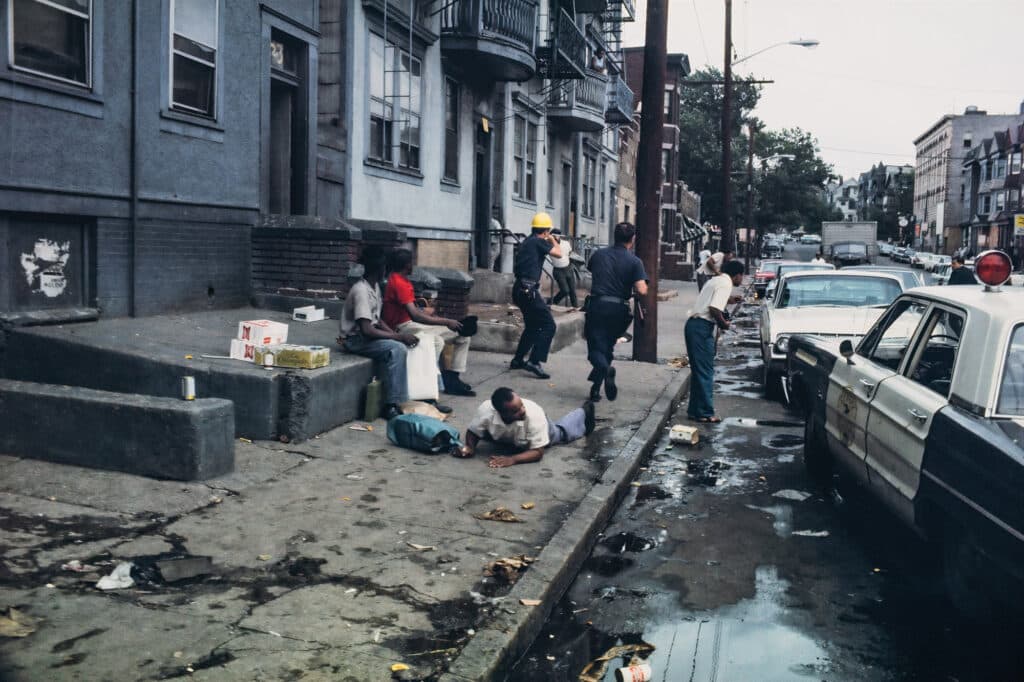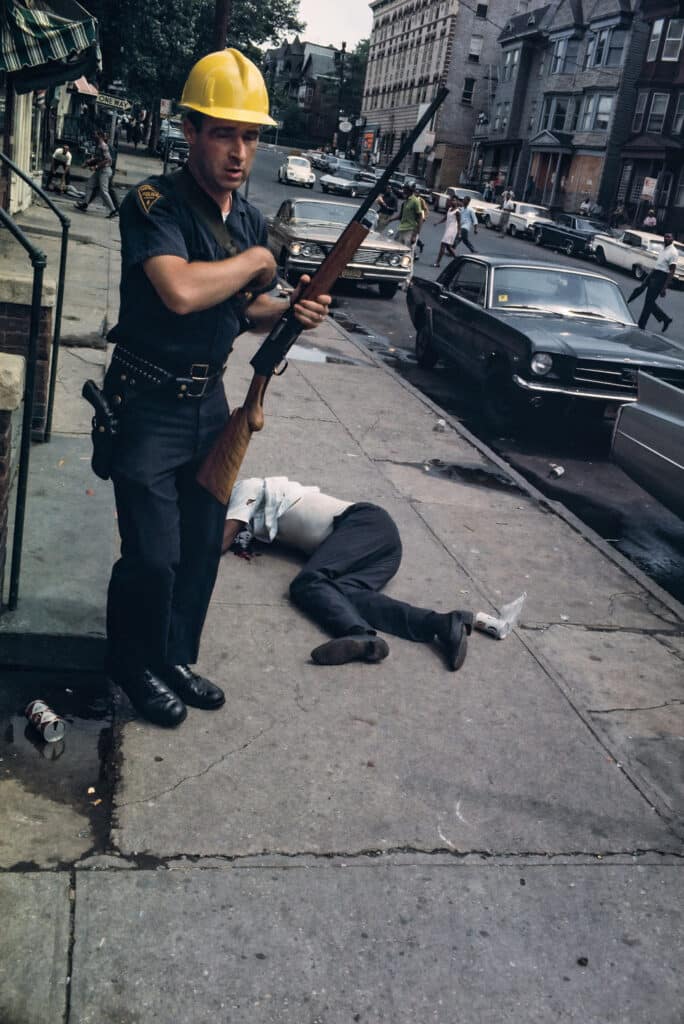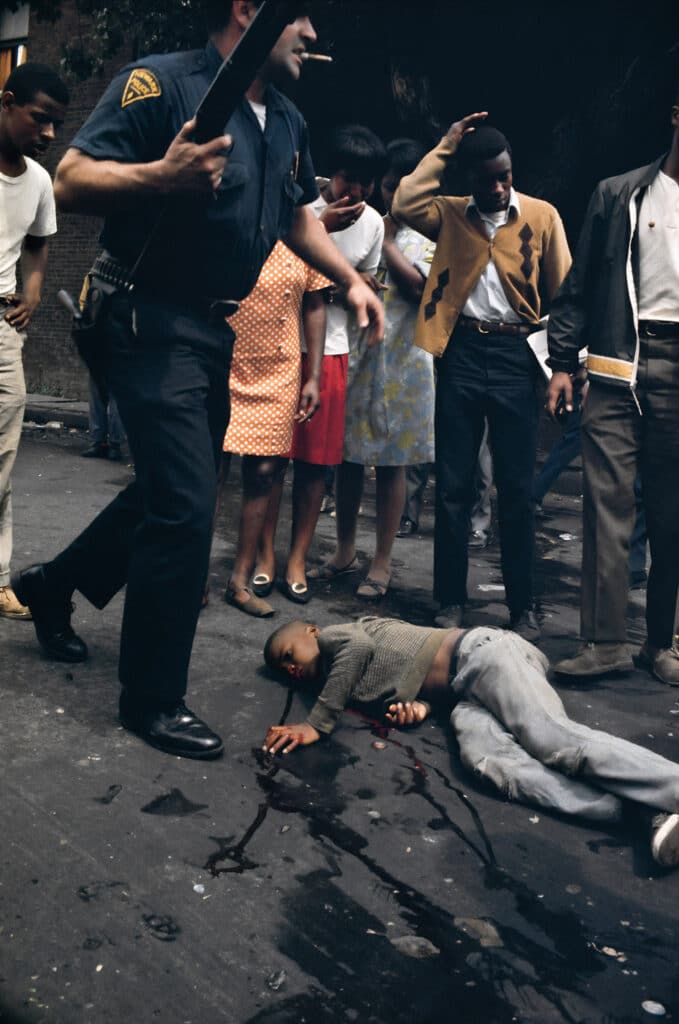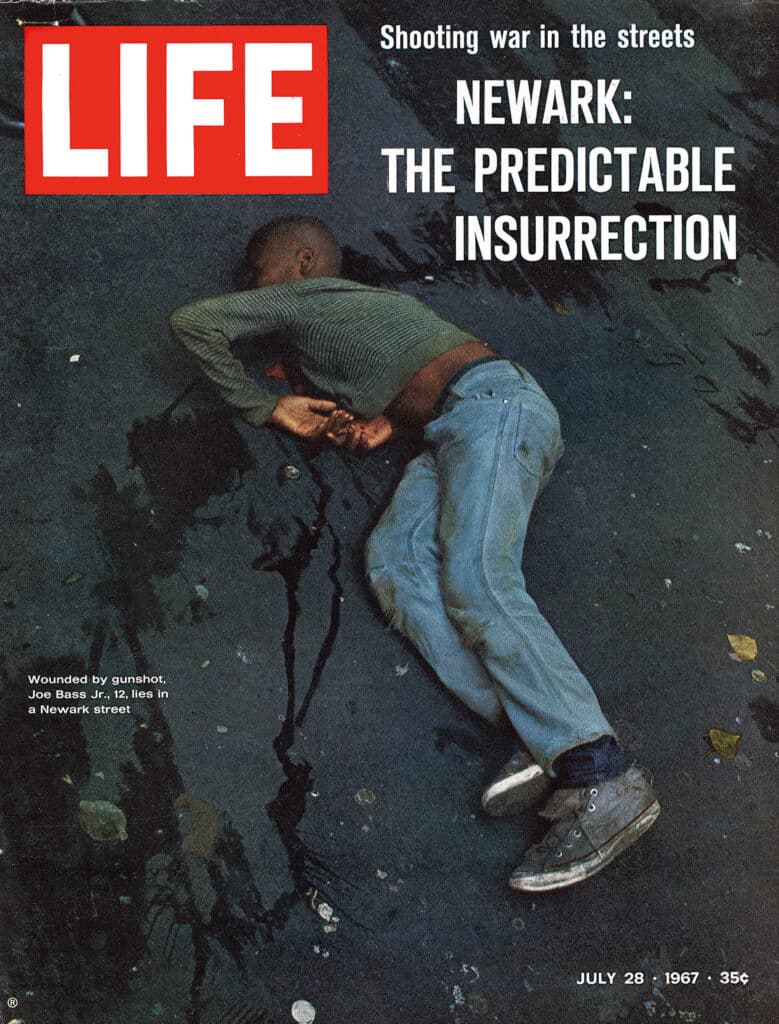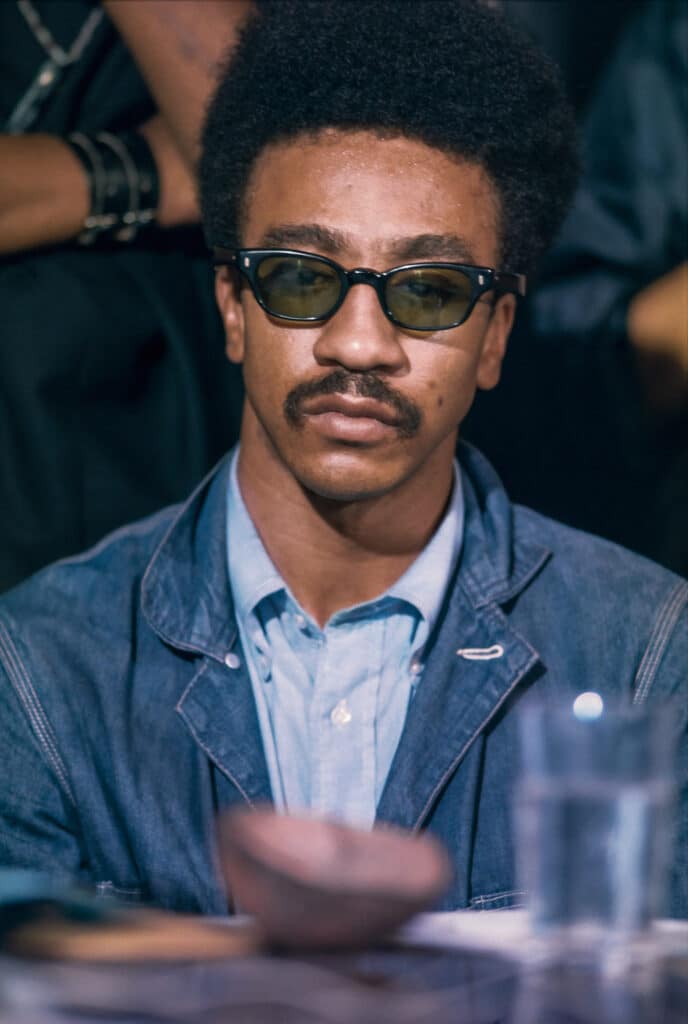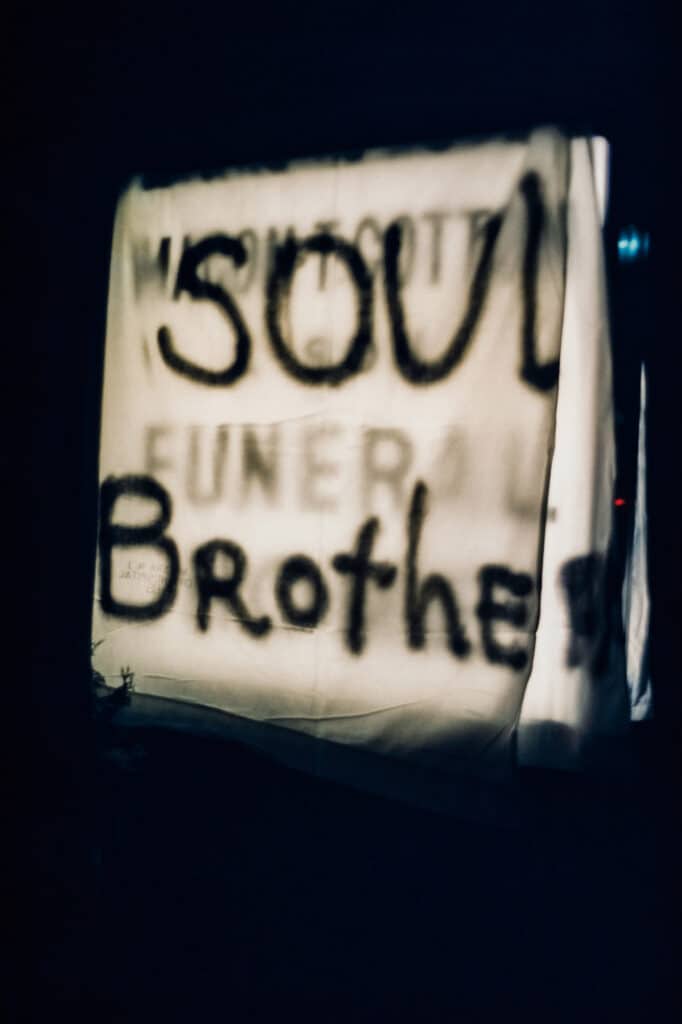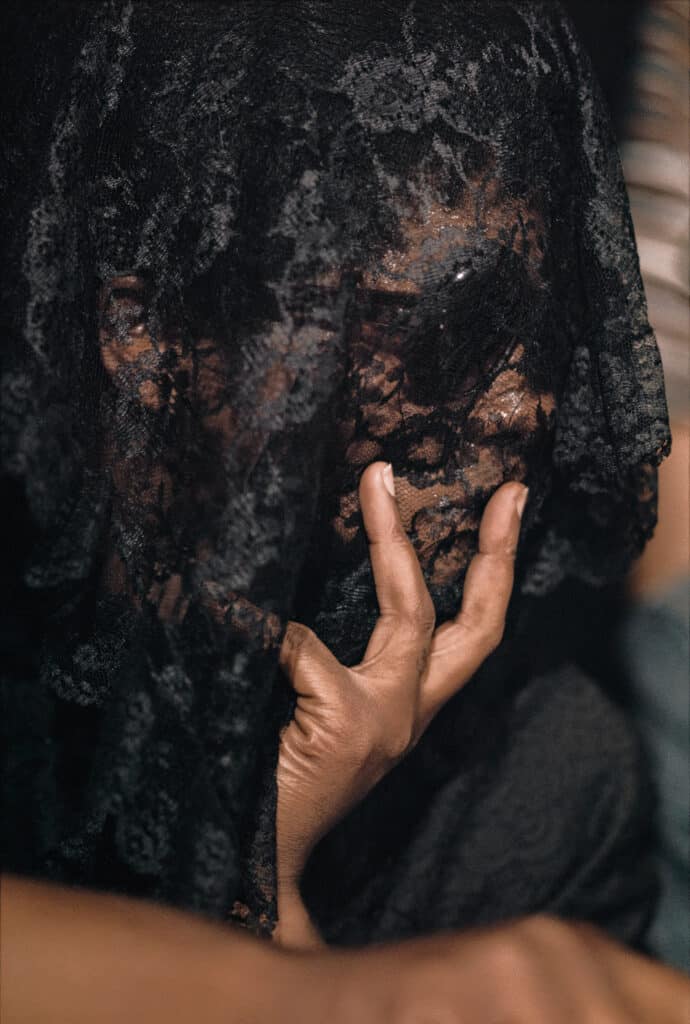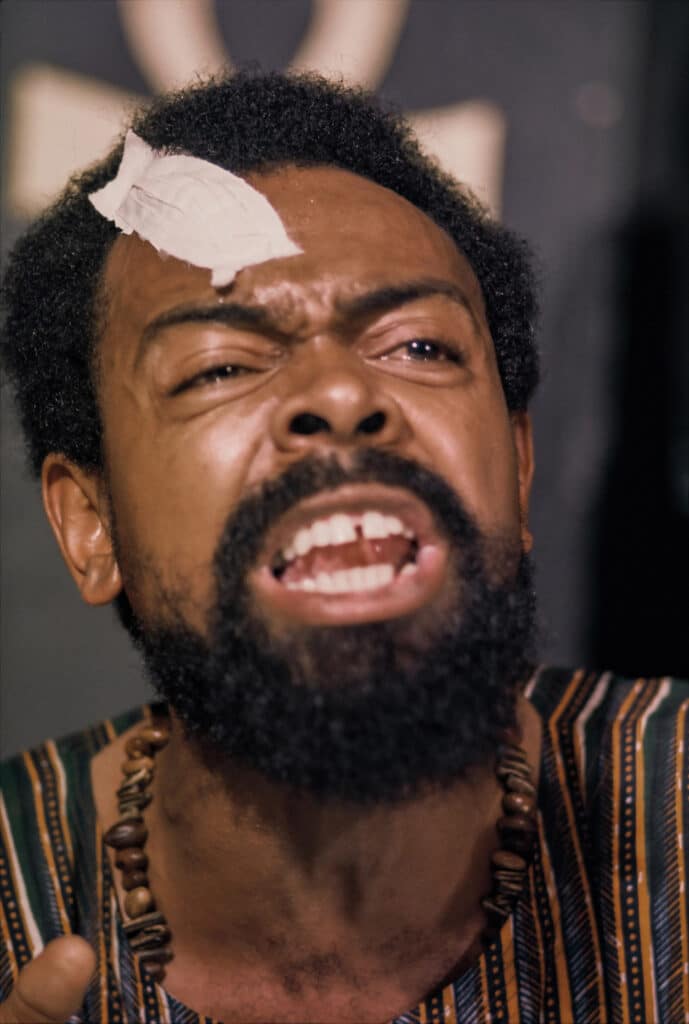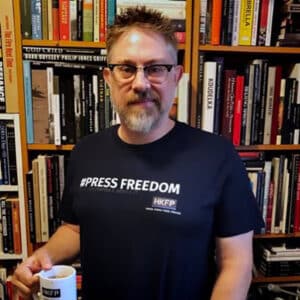Photojournalist Bud Lee can be considered one of the great, but overlooked, American photographers from the late 20th century. Between 1967 and 1974 his work appeared in magazines such as Life, Esquire, and Rolling Stone. He covered the first legal abortion in the United States in Denver, Colorado in 1967 for LIFE. He also covered the funeral of Martin Luther King, Jr. in Atlanta, Georgia, and that of Bobby Kennedy in New York City for the magazine. Esquire routinely ran large portfolios of his work for many years, and he had a free hand in pitching stories.
Lee seemed to always find himself in the center of some of the biggest stories of the time, his eye unconstrained by the conventions of documentary photography in many ways. His photographs can be both painterly and poetic, which is not shocking once one explores a bit of his upbringing.
Born in White Plains, New York in 1941, Lee was a self-taught photographer. He had studied fine art at Columbia University and the New York Academy of Fine Arts, under muralist Dean Cornell. But it was his stint in the military in the 1960’s that set his career as a photographer in motion.
In 1965, while serving in the Army, he was assigned to Stars and Stripes, as one of their photographers. In 1966, the Department of Defense and the National Press Photographers Association named him military photographer of the year. A very impressive achievement by any standard. The award led Lee to a job at Life a year later at the age of 26.
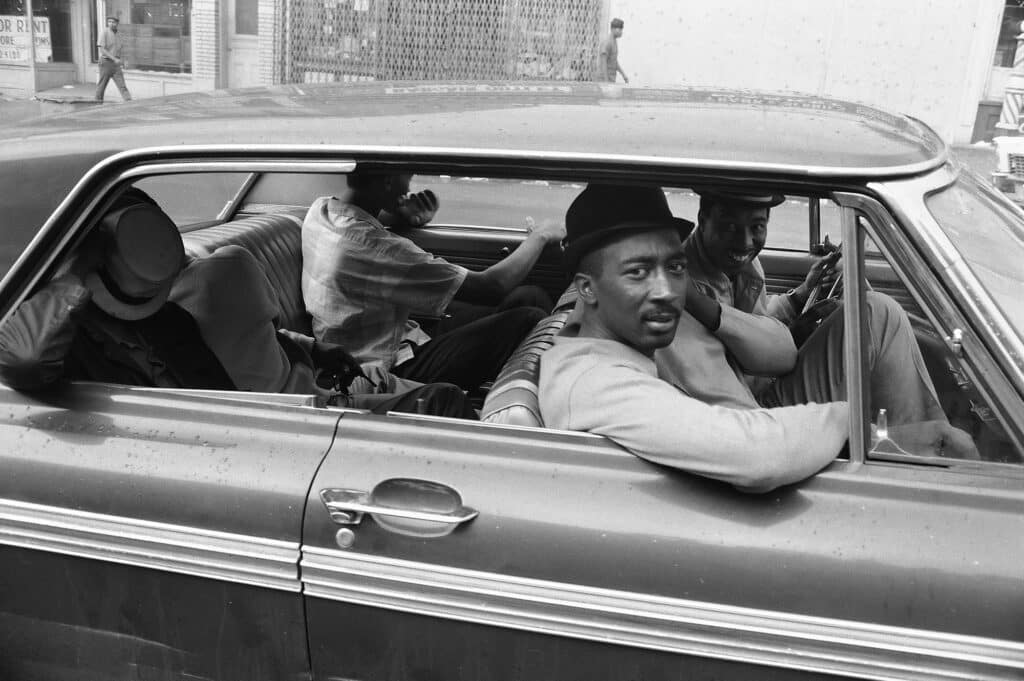
“The Summer of Rage”
One of his first big assignment would be Newark, New Jersey in July of the complex year of 1967. That summer brought love or rage, depending a lot on the color of your skin and what part of a city you were in.
The “Summer of Love” was in full effect in San Francisco in 1967, having started that January at a “Be-In” held at Golden Gate Park. It made the city, and particularly the Haight-Ashbury neighborhood, the center point of hippie culture, as an estimated 100,000 people flocked there to take part. Partly following the Beat Generation of Jack Kerouac and Allen Ginsberg, communal living, free love, and psychedelic music and drugs like LSD were everywhere. Among the predominately white and middle-class youth who came and dropped out, peace and love were the orders of the day.
But in the inner cities around the United States, things were not as filled with flowers and peace and love. In places like Los Angles, New York City, Boston, Atlanta, Detroit, Chicago, Birmingham, and Minneapolis it was known as “The Summer of Rage” or the “long, hot summer.” In more than 150 cities race riots erupted that year.
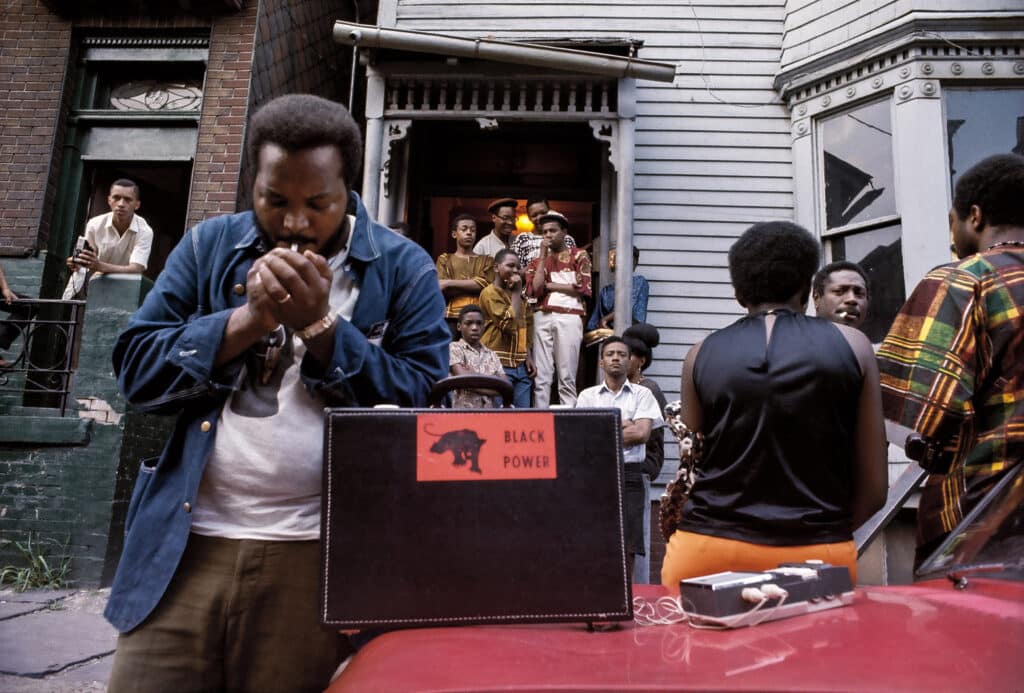
The powder keg in the cities was deep-seated anger, where poverty, lack of jobs, and racism ran rampant. White communities had left for the suburbs, leaving the inner cities in economic decline with few options or resources. The spark that set them off was not a single major story, but rather a series of localized events, usually involving white police officers arresting a black man over what would seem to be a minor issue.
Newark New Jersey was no different. But of all the cities that saw unrest, it ranks as one of the deadliest and most destructive. It began on July 12th with the arrest of African American cab driver John Smith, who had allegedly driven around a double-parked police car, according to accounts recorded at The American Folklife Center, part of the Library of Congress. Smith was arrested and taken to a police station, where he was severely beaten by the arresting officers. As news of the arrest spread, a crowd began to gather out front.
Gunfire and photographic shots
The police allowed a small group of local civil rights leaders to visit Smith, who in turn demanded that he be taken to a hospital. But a rumor began to spread that Smith had died in custody, which led to the crowd taking to throwing bricks and bottles at the police station. The police rushed out of the building to confront the crowd, who began to vent their rage as they dispersed, smashing windows, and breaking into nearby stores. As the violence spread across the city, the New Jersey State Police were mobilized. And within 48 hours, New Jersey Governor Richard Hughes declared a State of Emergency, and had National Guard troops sent in.
“If you have a gun, whether it is a shoulder weapon or whether it is handgun, use it.”
Into this chaotic situation, author and journalist Chris Campion writes in his essay in the book police director Dominick Spina issued a directive over the police radio to his officers that would have catastrophic consequences for Newark: “If you have a gun, whether it is a shoulder weapon or whether it is handgun, use it.”
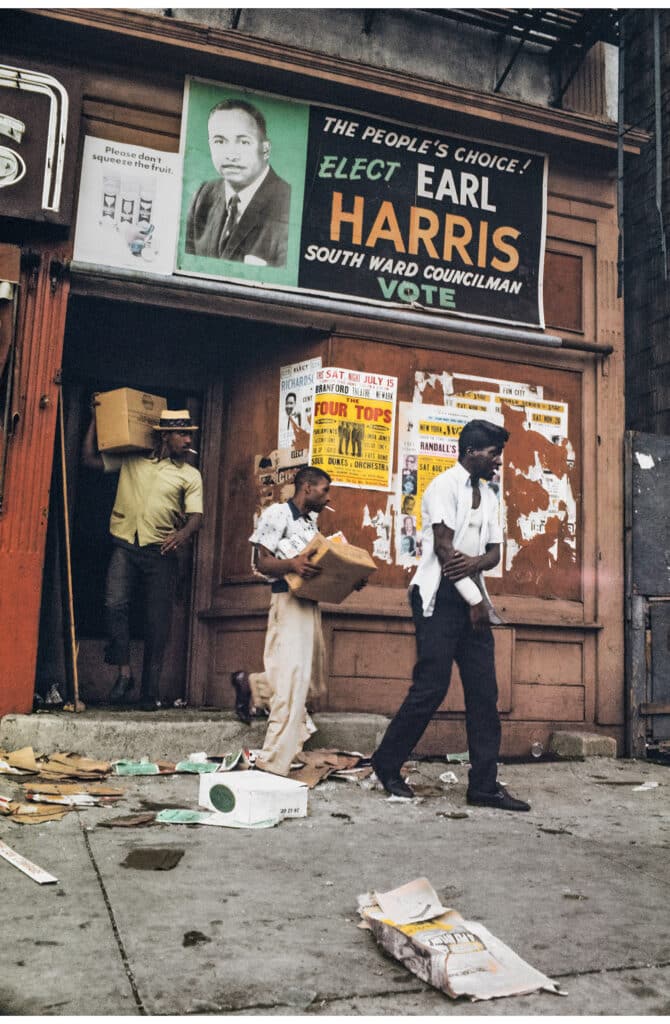
Lee was busy in New York City at the time shooting a portrait of a stockbroker in a Wall Street office for Life when the call came requesting that he leave for Newark. He was paired with reporter Dale Wittner to cover the story. When they arrived, the uprising in Newark had been going for 2 days. Lee would maintain that the only reason he was sent was because it was summer, and the usual Life photographers were on vacation.
When Lee and Wittner arrived in Newark on Friday evening, the police and National guards had begun a deadly, and indiscriminate killing rampage. The city was full of the burned-out hulks of buildings, the evidence of what Life had sent Lee and Wittner to cover. Eric Mann, a Newark Community Project organizer is quoted in The War is Here from the book No Cause for Indictment by journalist Ron Porambo, describing what happened this way:
“Essentially, there were two riots in Newark…One was started by black people and one by the State Police. The first riot was over in two days. It took very few lives but a hell of a lot of property. The second riot was pure retribution on the part of the National Guard and State Police. For instance, the first three days, not a black store was touched. It can be documented that systematically, starting on Friday night and primarily on Saturday and Sunday nights, the State Police went to each black store and smashed in its windows. Some guardsmen told me that if they were not relieved they would have gone on strike, that they came to put down a riot and that the riot was over in two days. The State Police were accosting people, pulling them out of cars and hitting them over the head. A sniper would shoot from a roof and they’d shoot one or two shots at the sniper and he’d run away. Then they would empty three hundred rounds into the entire apartment building, shooting from the first floor to the fifth or sixth floors. The policy of the National Guard was to use the snipers—and there were very few by Friday—as an excuse to put down what they understood to be a very popular rebellion and as a result they felt that anybody in the neighborhood was fair game.”
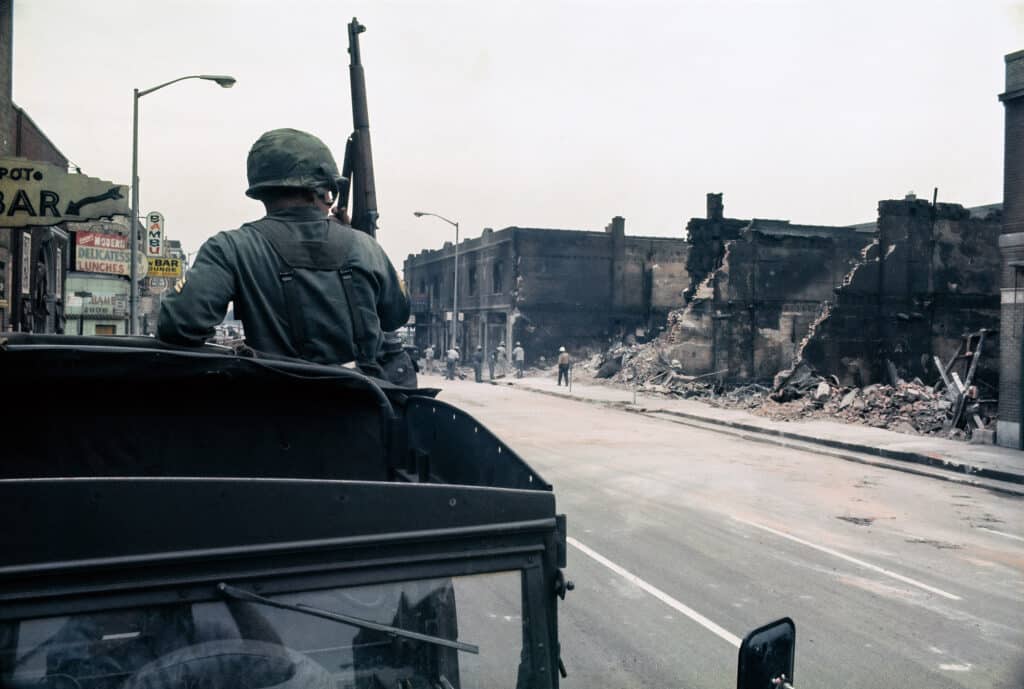
Violence on paper
Of all the photographs that Lee made in Newark in those couple of days, it is those of Billy Furr and Joey Bass, Jr. that he will always be remembered for. Lee met Furr, a 24-year-old black man from Montclair, New Jersey who had gotten stuck in Newark when the National Guard shut down the city, on the street as Lee and Wittner were wandering the city looking for subjects to photograph, and they started talking. Furr and a couple friends decided to go into a store that had already been looted and came out a few minutes later with a couple of six-packs of beer. As soon as they left the store, a police car pulled up, and police officers jumped out, brandishing their guns. Furr made the fateful decision to run, and within seconds had been shot by the police in the back and was left to die on the sidewalk.
But Furr would not be the only caught in the shooting. Bass was a 12-year-old who was playing with some friends at the intersection that Furr was running towards. He was hit by bullets that the police fired at Furr in the neck and thigh, crumpling to the ground, bleeding.
Lee managed to capture a series of photographs of the shooting and its aftermath. His photograph of Bass in his green shirt and blue jeans, laying in the street with his blood pooling around him from his two gunshot wounds, would end up on the cover of Life for the July 28, 1967 issue, with a story by Wittner inside along with more photographs across 6 pages.
As Campion explains it in the book: “The photo was unusually graphic, violent, and shocking; and unlike any prior cover image in the long publishing history of Life, which had veered toward a Norman Rockwell vision of the world, even through all the tumult of the ’60s. A six-page feature inside, written by Wittner, printed key images from the sequence Lee captured of the killing of Billy Furr and the wounding of Joey Bass Jr.”
When the city had finally been calmed after a total of 5 days, 26 people had been killed by police gunfire, hundreds more were injured, thousands were arrested, and millions of dollars of property had been destroyed. There was no accountability for the police actions, after a grand jury refused to issue any indictments for what had happened. The physical damage to the city would take decades to repair.
Photos that have become symbols and historical documents
Back in San Francisco, as far away from Newark in the US as possible, the “Summer of Love” came to a peaceful end itself in October of 1967, with a mock funeral held marking the “Death of the Hippie.” The Haight-Ashbury neighborhood where so many had gathered had become overcrowded, with outsiders changing the makeup of the neighborhood. Hard drugs and crime rose, and many of the original Hippies left the city. But its memory lives on through the music that was created, and the iconic symbol of hippie dress and culture.
Lee’s photographs from Newark’s “long, hot summer” remain to mark what happened not just in Newark those 5 days in July, but stand in for all the other cities where rage and war reigned in 1967. His photograph of Bass laying in the street remains one of the defining photographs of the unrest of 1967.
But Lee’s work also resounds today.
In an interview with The Curious Man Podcast, Campion is not just well aware of how what happened in the summer of 1967 related to what happened in 2020, but that the root cause for both has never been fully addressed, and that Lee’s work in Newark can bring further perspective to what is happening in the country.
“I started working with the Lee family on a publishing project, a survey of his work between 1967 and 1974, intended as a portrait of America between the Summer of Love and the impeachment of Nixon. But in the summer of 2020, watching the National Guard and police roll through American cities to stamp down on nationwide protests against the murder of George Floyd brought to mind images Bud had shot over 50 years earlier in Newark. We started work on The War is Here instead, feeling these images needed to be seen … What emerged was a portrait of a city and its people under military occupation that functions both as an historical record and a timely meditation on the seemingly intractable problems we are faced with today. Our hope is that The War is Here can bring much-needed perspective to the endless cycle of police brutality and gun violence plaguing America.”
The War is Here: Newark 1967 is published by ZE Books, and can be purchased on their website here.

